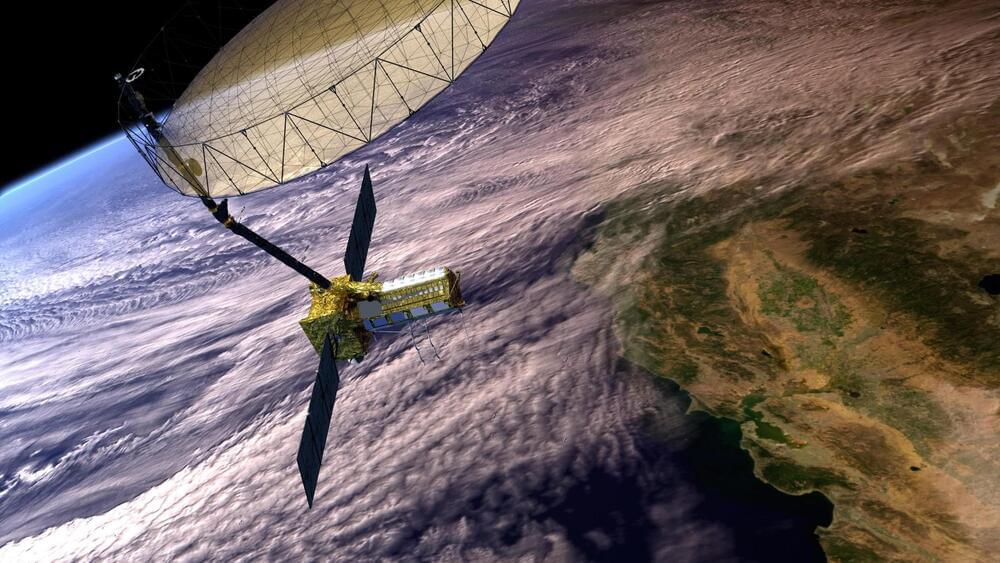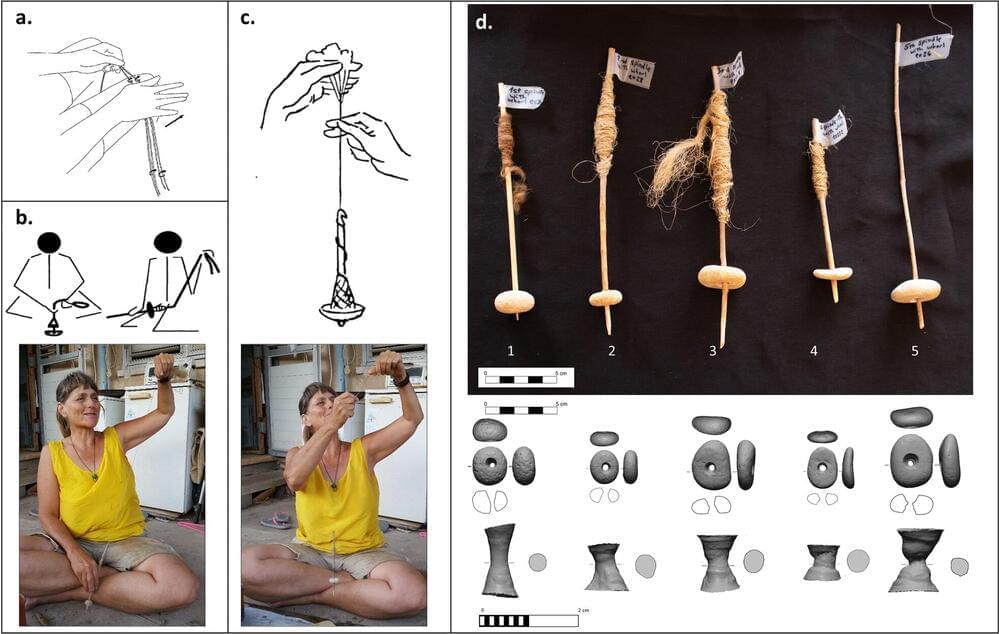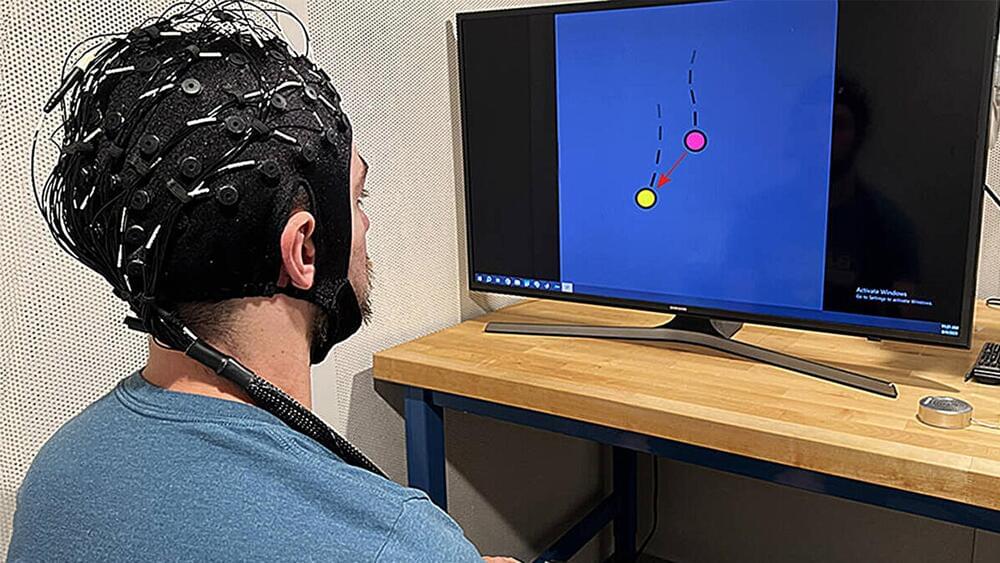Nov 14, 2024
NISAR: The Powerful New Satellite That Will Track Earth’s Secret Shifts
Posted by Saúl Morales Rodriguéz in categories: climatology, space
NASA and ISRO’s NISAR satellite aims to revolutionize our understanding of Earth’s surface movements with frequent global scans.
By detecting minute motions in land and ice, the satellite will enhance predictions for earthquakes and volcanic eruptions, and monitor infrastructure stability in ways previously not possible, saving significant time and resources in disaster management.
Continue reading “NISAR: The Powerful New Satellite That Will Track Earth’s Secret Shifts” »


















